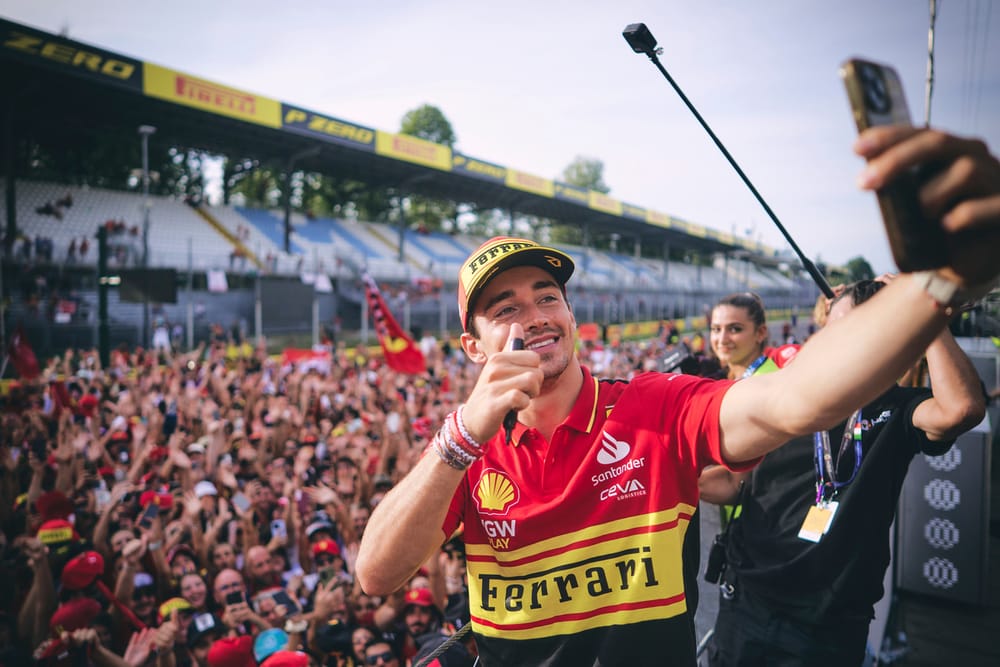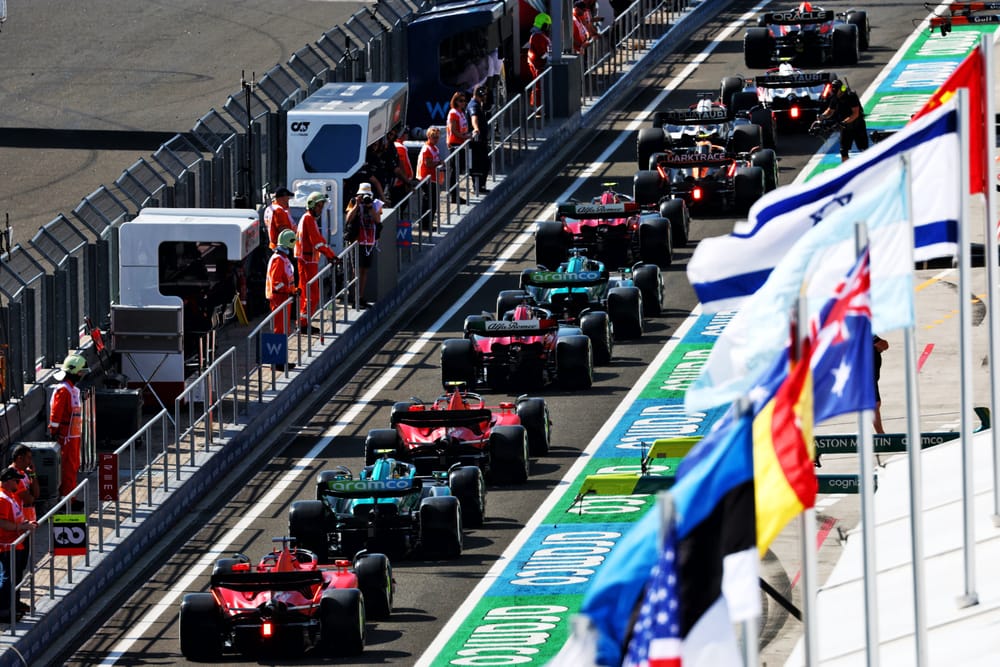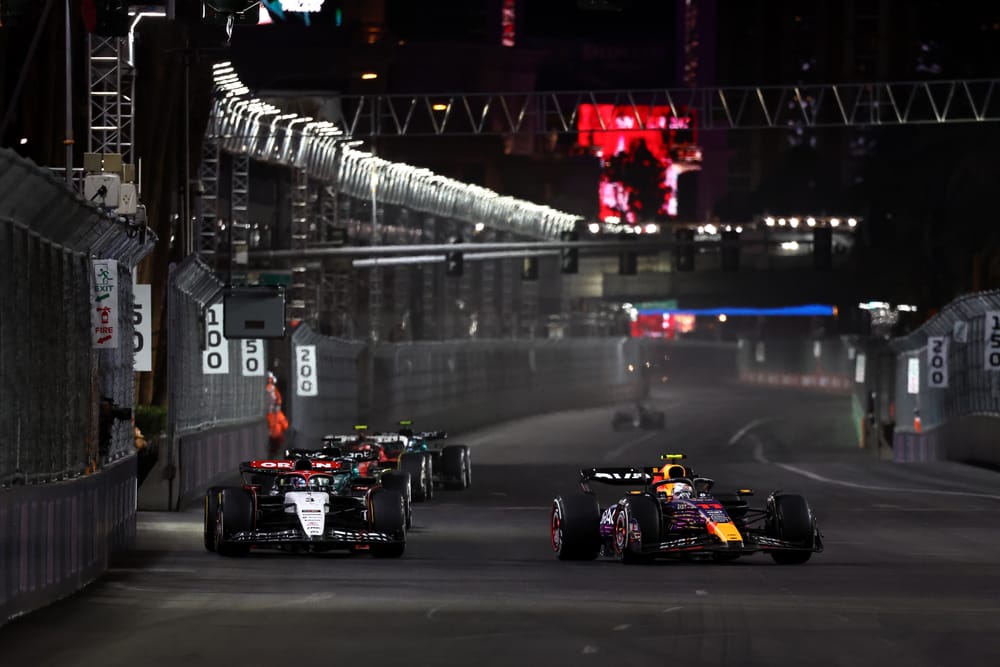Up Next

With Charles Leclerc’s new long-term Ferrari deal seemingly in the bag, the next trigger point in what could be a frenzied 2025 Formula 1 driver market is team-mate Carlos Sainz.
Sainz is known to want a lucrative and longer-term deal to stay on at Ferrari beyond the end of his current contract at the conclusion of the coming season. Ferrari, however, is reportedly reluctant to offer him more than a one-year deal with an option for 2026.
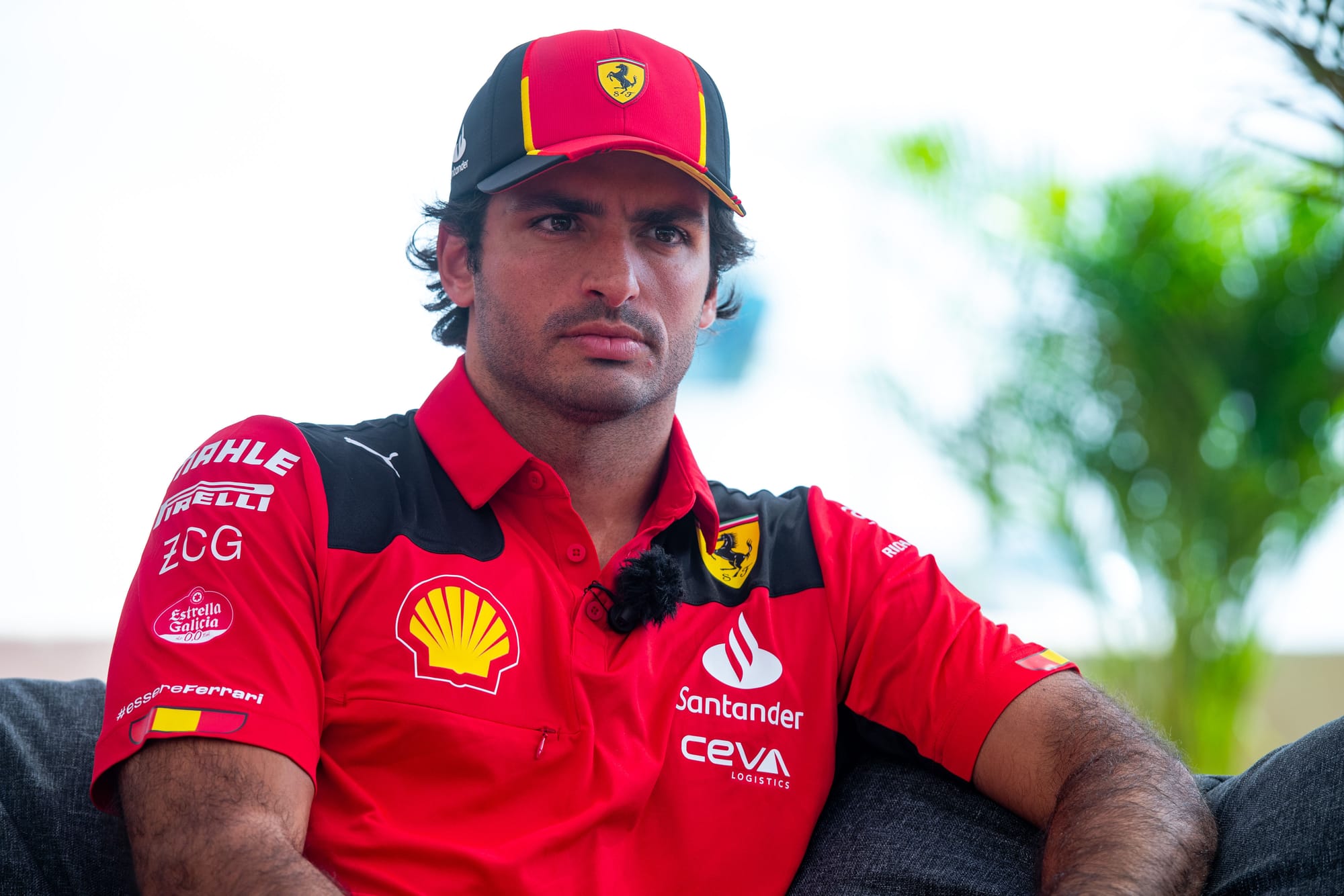
How this impasse is resolved is likely to be the next big decision in the driver market, or at least the one that has the most knock-on effects.
Inevitably, the big teams and the star drivers control the driver market. They get to make the decisions, choose their destiny, complete their negotiations, while lesser teams and drivers have to wait to see what crumbs fall from the table.
Sainz, of course, only reached the ‘top’ of the driver market once other major decisions were taken.
Verstappen has long since been committed to Red Bull until 2028, while Mercedes confirmed it would keep Lewis Hamilton and George Russell on until the end of ’25. Then, Leclerc was the next piece of the puzzle.
Gradually, Sainz has become the most powerful piece left on the board.
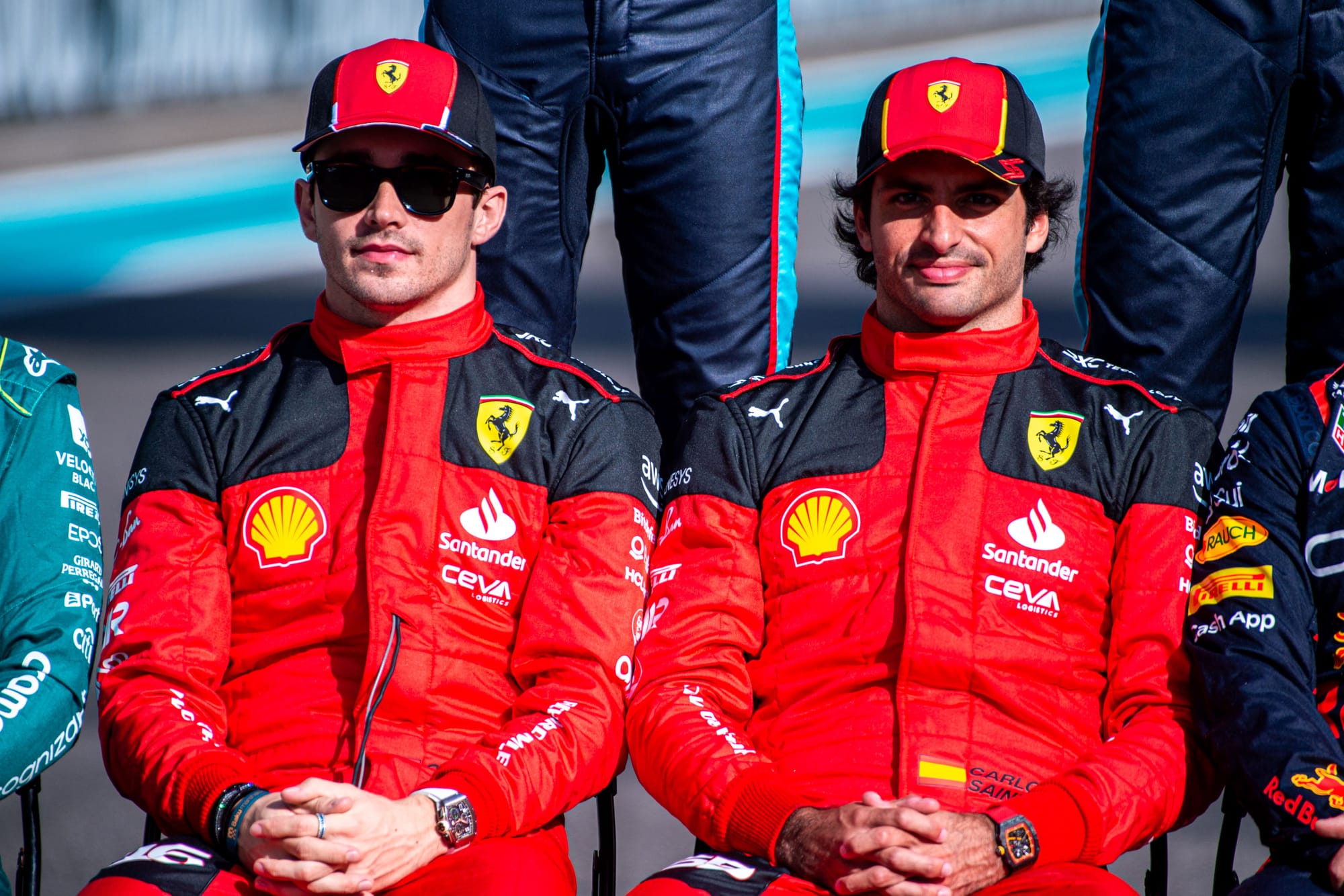
If Ferrari and Sainz reach an agreement, and it would be to the benefit of both to do so given he’s proved to be a very effective team-mate to Leclerc, then that takes both off the driver market table. But if not, then there’s both a hugely desirable place available at Maranello and a two-time grand prix winner on the market.
In this case, the focus switches to the next driver and/or seat in the queue - as rather like those grandiose and elaborate toppling domino displays, one falling can impact many others with all sorts of elaborate interconnections and unexpected patterns emerging.
Realistically, the spotlight would then be on the second Red Bull seat and probably the Aston Martin team.
Red Bull is an anomaly as usually a drive with the top team would normally be the most in-demand in F1, but Max Verstappen’s presence means it’s not such an impactful seat. And that's not so much for those who might aspire to fill the seat and will doubtless back themselves to take the fight to Verstappen - but for those making the decisions.
However, the thinking there could change if Sergio Perez’s fortunes don’t improve and Daniel Ricciardo doesn’t have a strong enough campaign in 2024 to convince Red Bull he’d be the ideal support act instead.
That’s where Red Bull could emerge as a disruptive force in the driver market - say if it were to somehow find a way (or rather, enough money) to prise Lando Norris out of McLaren before his current contract expires at the end of 2025.
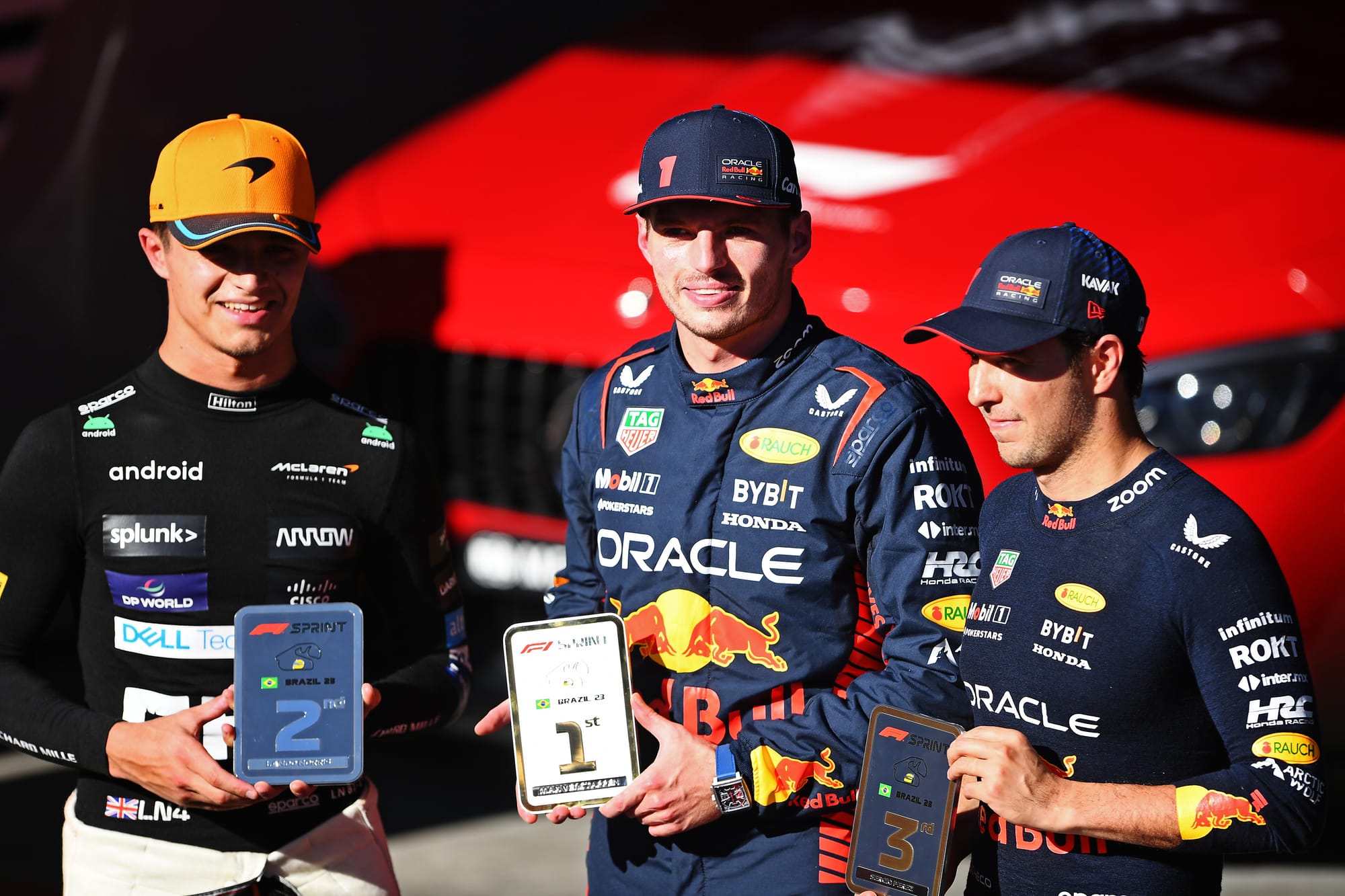
Sainz, too, has been talked of as a factor in the Red Bull equation but a different destination feels more probable if Ferrari does let him go.
He’d make an ideal replacement if Norris were to depart McLaren, which is desperately unlikely but cannot be ruled out entirely on the ‘stranger things have happened’ principle.
Aston Martin is a more conventional opportunity that would appeal to many drivers, but it’s unclear whether it will have vacancies. Fernando Alonso seems likely to stay on, while Lance Stroll will continue for as long as he and his father Lawrence Stroll want.
But there are enough question marks there for that to be a team of great interest to drivers. If you were a driver manager, you’d be keeping in close contact with the Silverstone-based outfit's management.
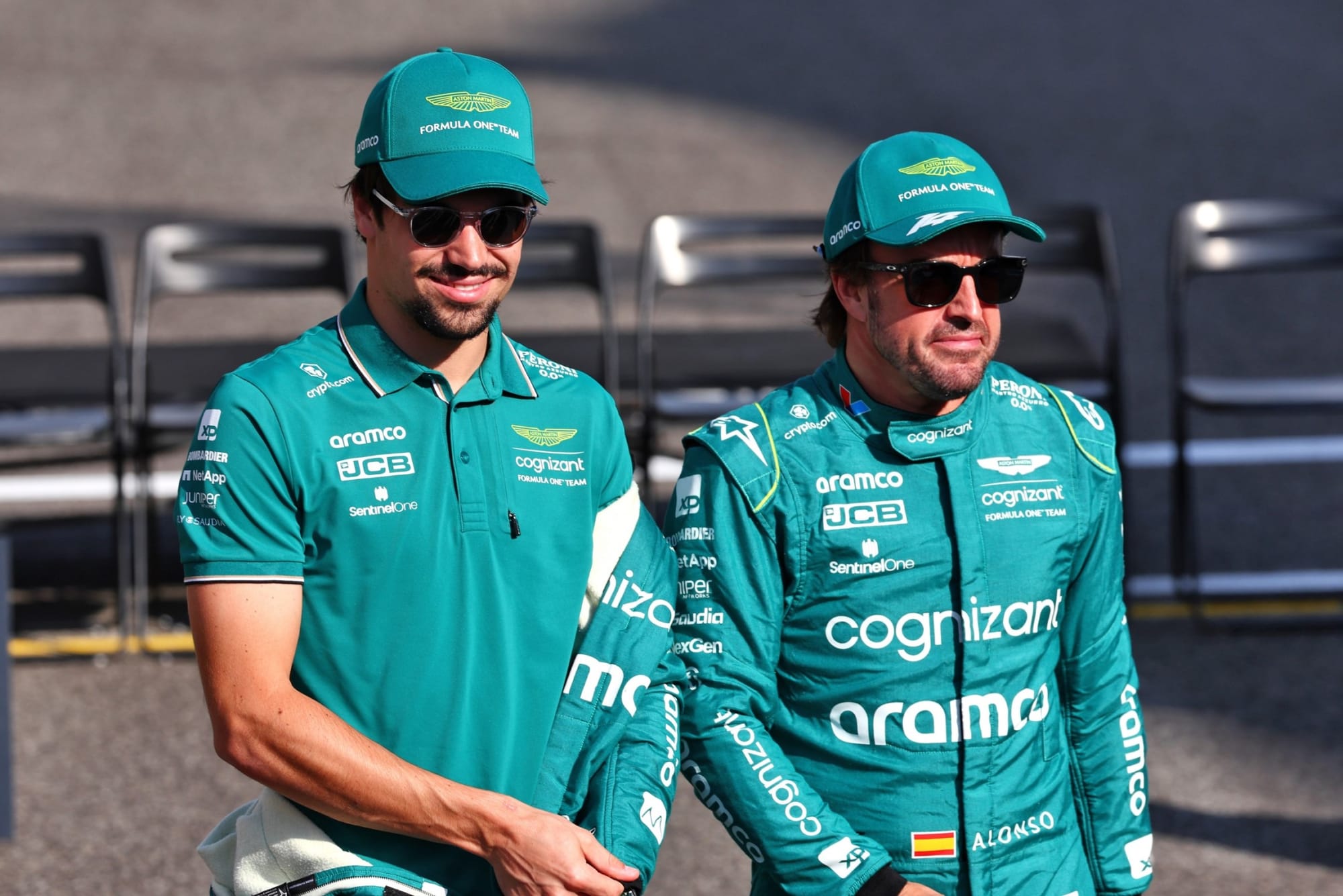
Realistically, only then do you look down to the next tier of opportunities - as unless there’s a reshuffle next season and one of the bottom five teams takes a giant leap forward these will not be anybody’s first choice. What they will be is the best available option for many.
Pierre Gasly is likely to stay on at Alpine in 2025, while Esteban Ocon is out of contract so there’s scope for a move there. He’s been linked to the Sauber (Audi-in-waiting) team, which occupies a curious superposition in the driver market of being both very appealing as a well-backed soon-to-be-manufacturer outfit and also a potential dead end.
Sauber is a project team, but one that likely will only attract drivers who can’t find opportunities higher up the grid. Sainz, too, is of interest here but that would be a big risk for him.
Alex Albon is another obvious contender.
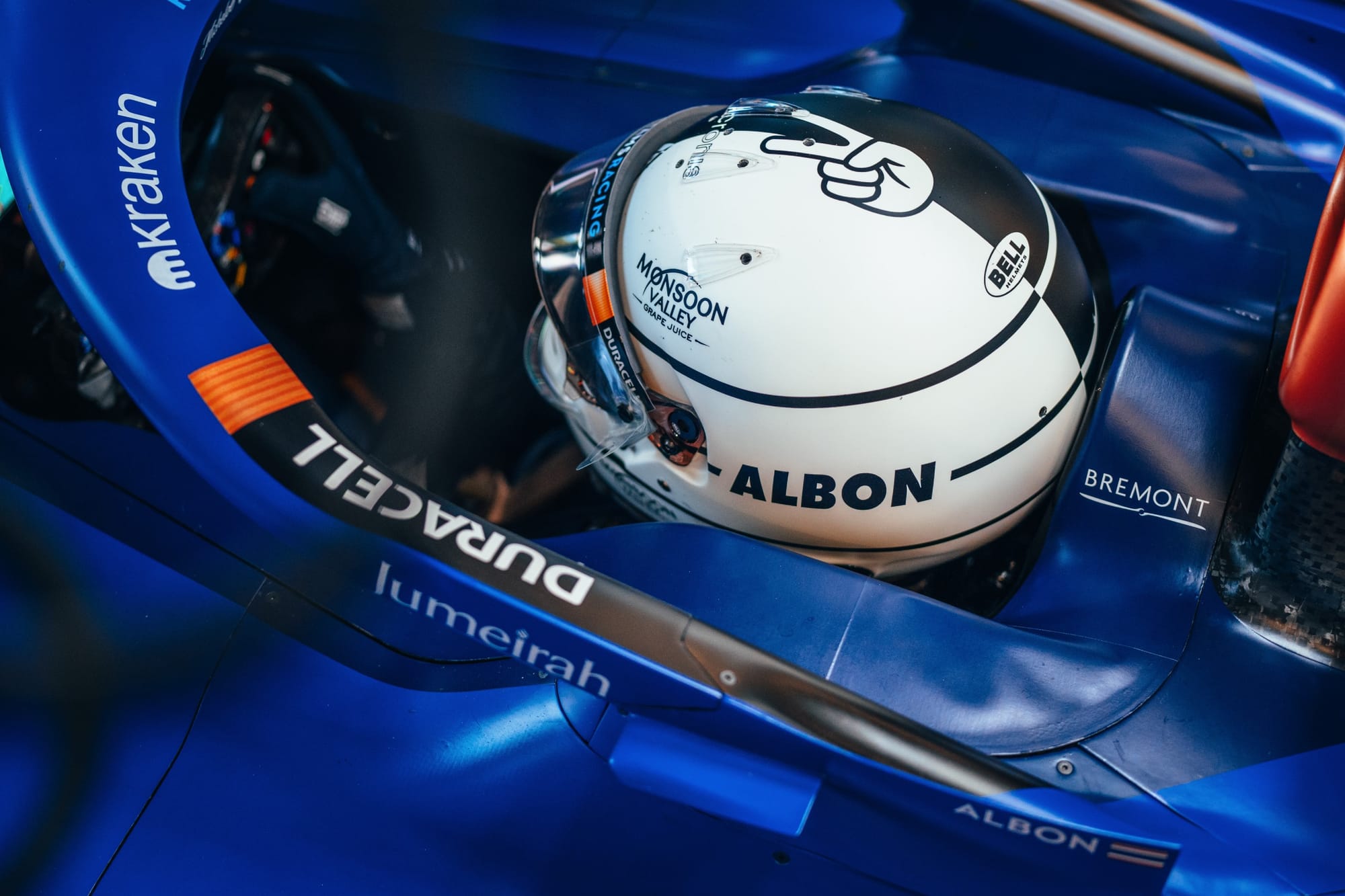
Williams’s appeal will be dictated by how it performs in ’24, but will be keen to hang on to Albon. He’s perhaps the driver who has the most potential destinations for 2025 given his current performances and the fact that he’s held in high regard by a number of team bosses. He will have to trade off those opportunities against how quickly Williams can climb the order.
Thanks to Red Bull’s soon-to-be-renamed second team, currently AlphaTauri, occupying a curious position as a Red Bull Racing antechamber, which gives it extra clout in the driver market as a potential stepping stone, the team at the bottom of the pile will once again be Haas.
Its answer to its situation for 2023 was a relatively creative one, signing Nico Hulkenberg and being rewarded with him doing a good job in what was usually a lost-cause car. On the other side of the garage, Kevin Magnussen’s struggles mean that there’s every chance there could be at least one change at Haas.
If it does seek a refresh, the American team is likely to face a choice between whatever experienced pros haven’t landed a drive elsewhere and going against its usual policy and going for a rising star such as the Ferrari-backed Ollie Bearman.
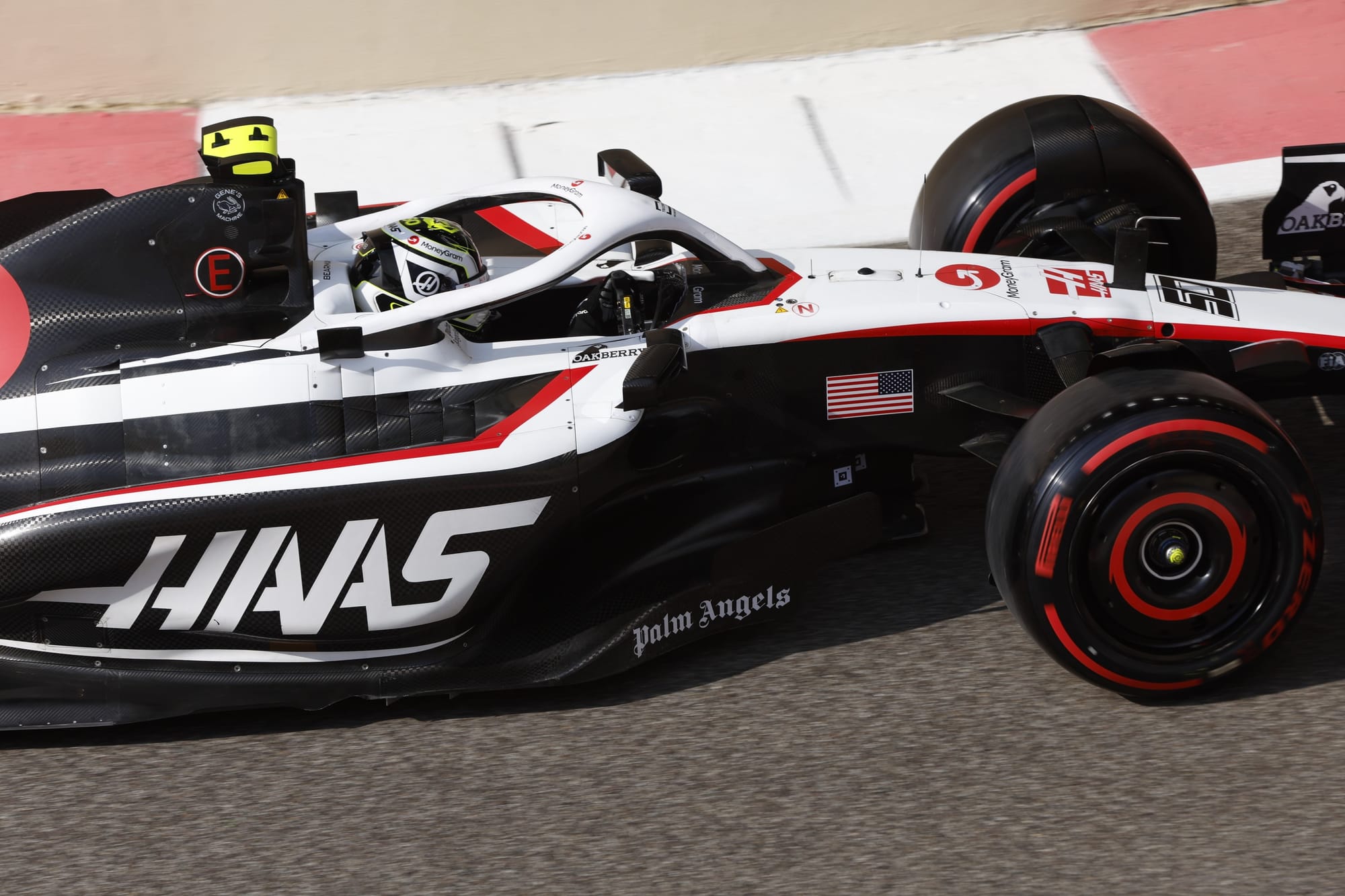
The deeper you peer into the driver market future, the more difficult it is to outline what may happen.
At this point in 2021, some of the changes that led to a shaken-up grid in ’23 were not even close to being on the radar. Days before Alonso’s Aston Martin move was announced in the summer, he was expected to stay at Alpine. It was a real curveball - making Gasly's Alpine move suddenly possible in the process - and analogous curveballs in the future cannot be counted out.
Strange things can happen in the driver market. But what you can be certain of at any given time is who the drivers and teams at the front of the queue are.
Right now, the ball is in Ferrari's, and Sainz’s, court. And if somehow they don’t reach an agreement, that could set off a cascade effect that impacts the choices made by multiple teams and the destinies of numerous drivers.


